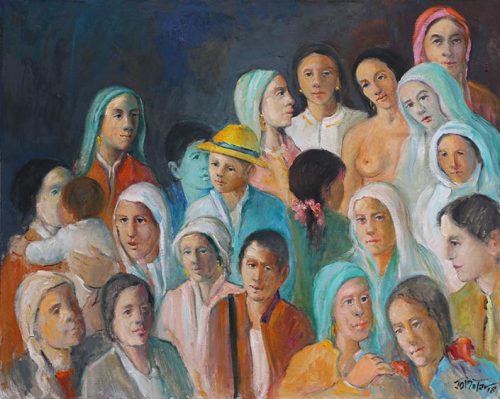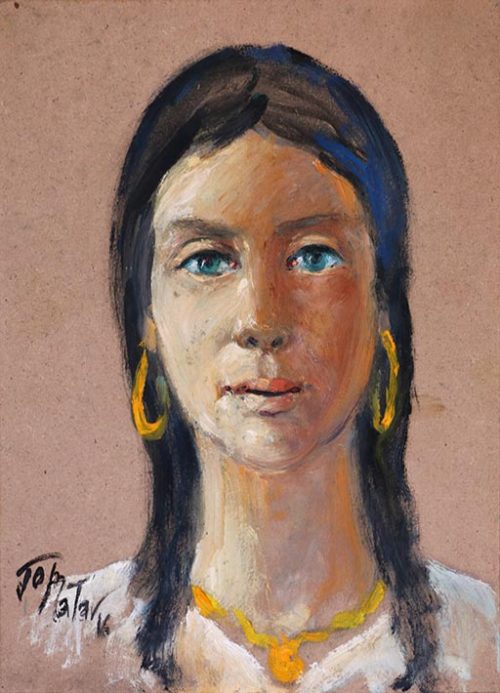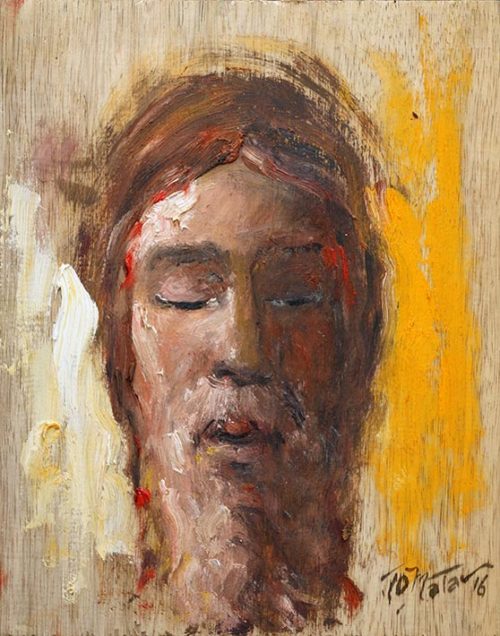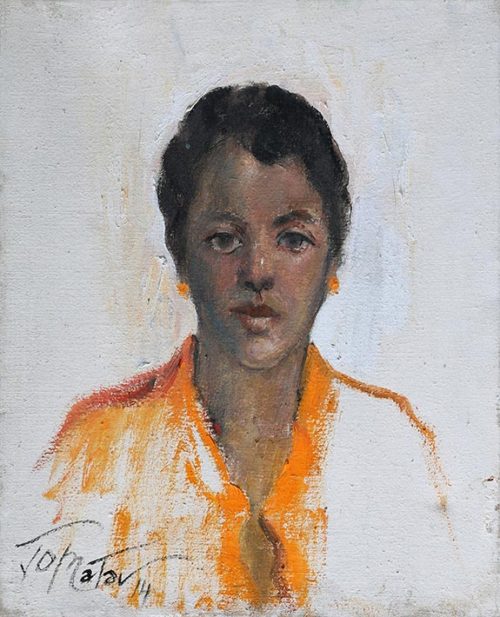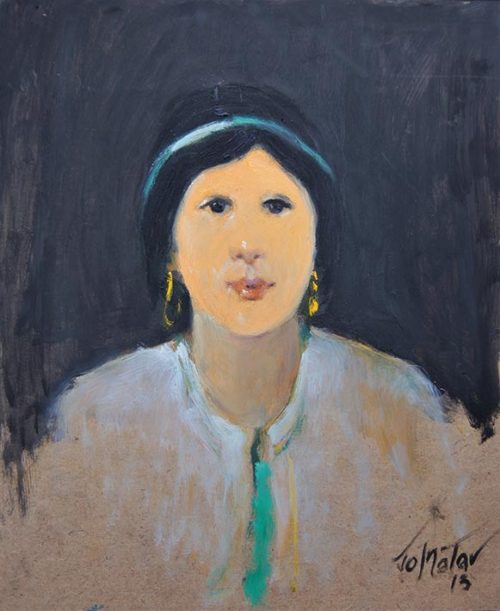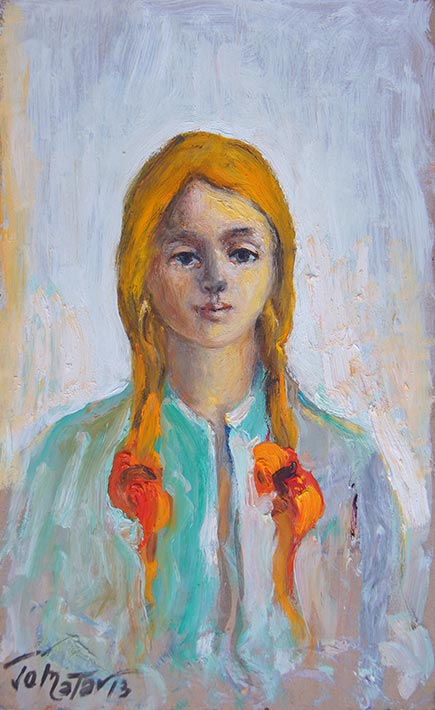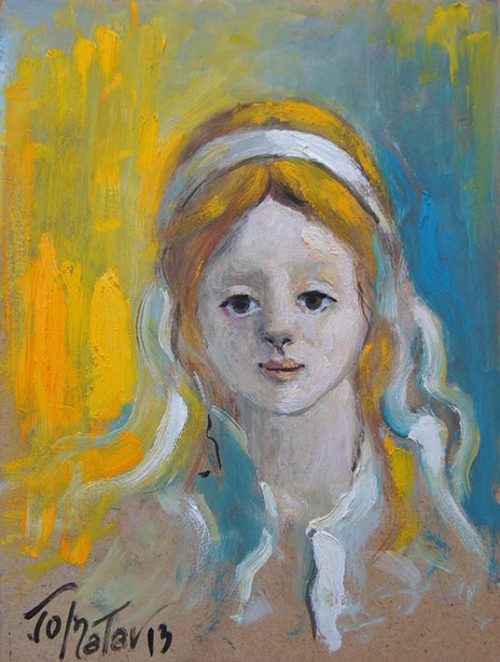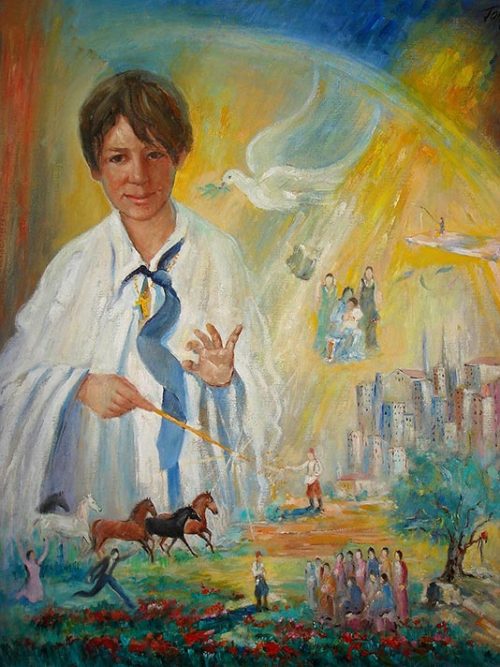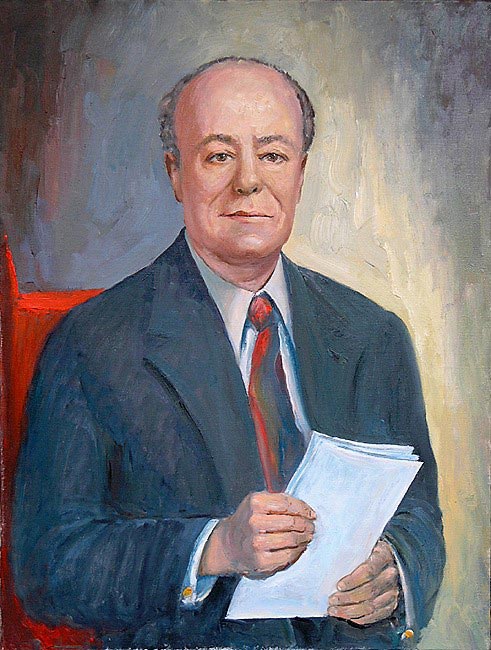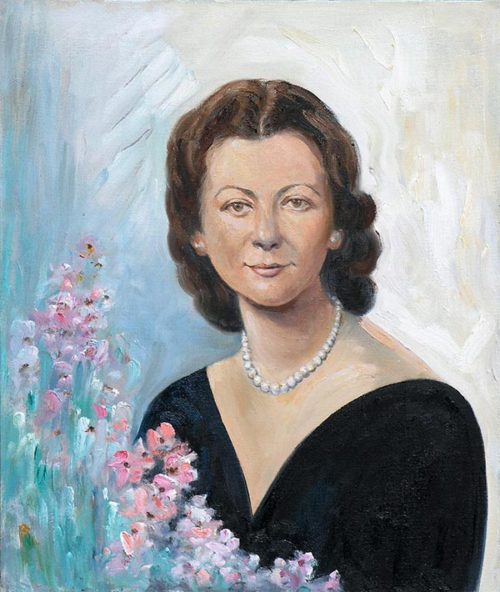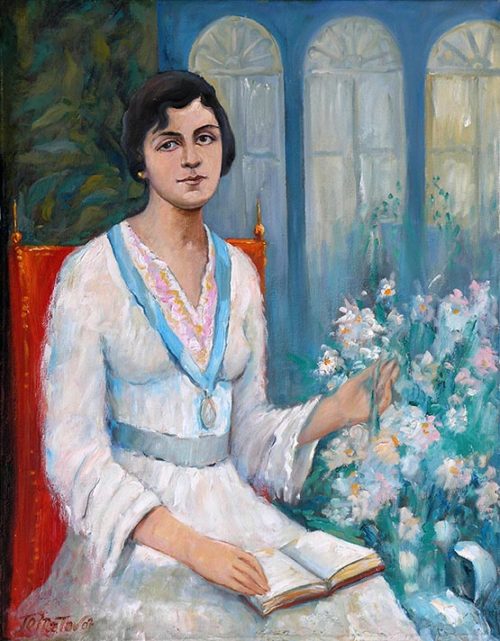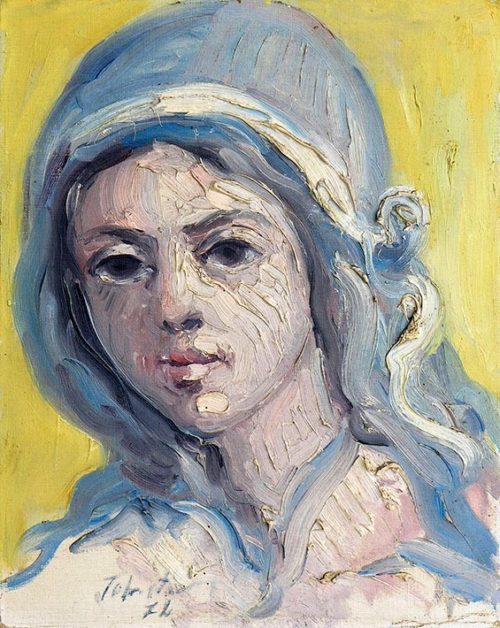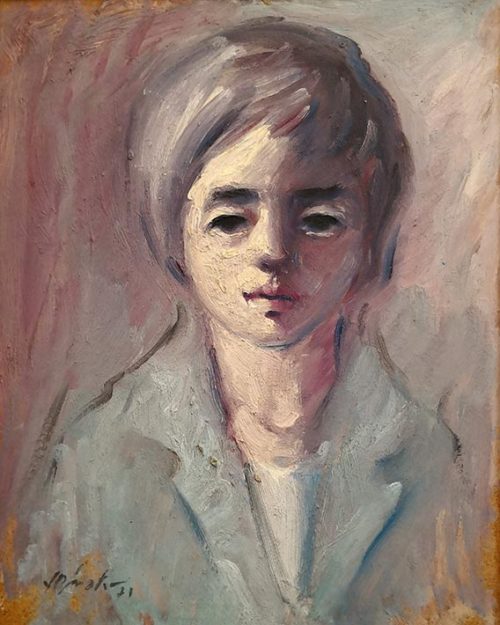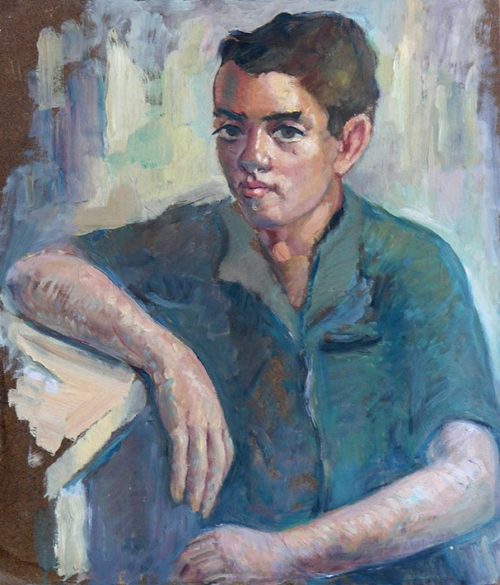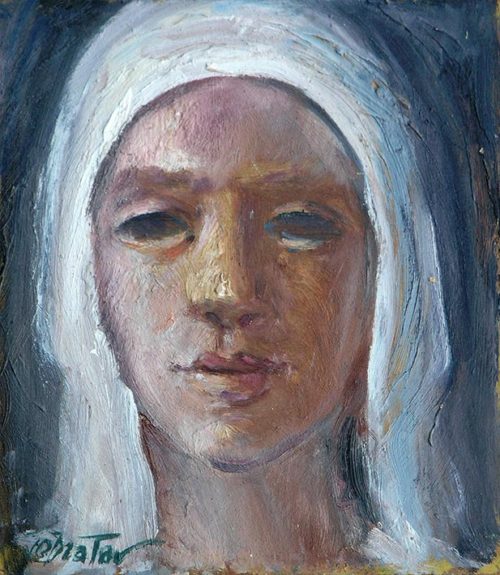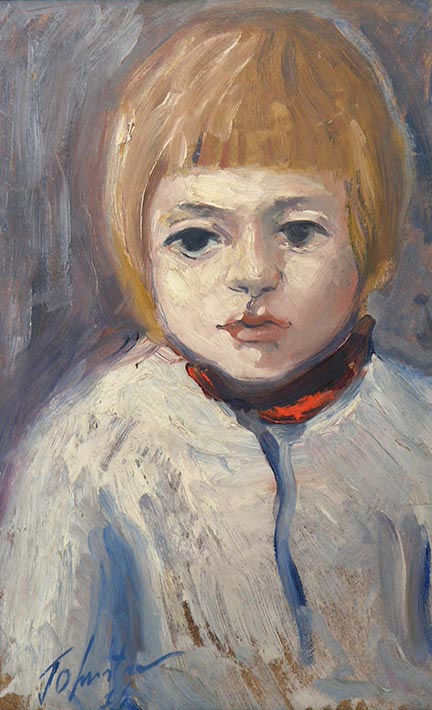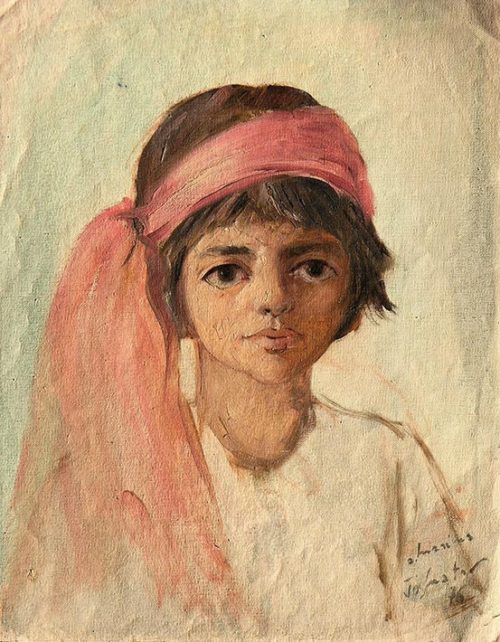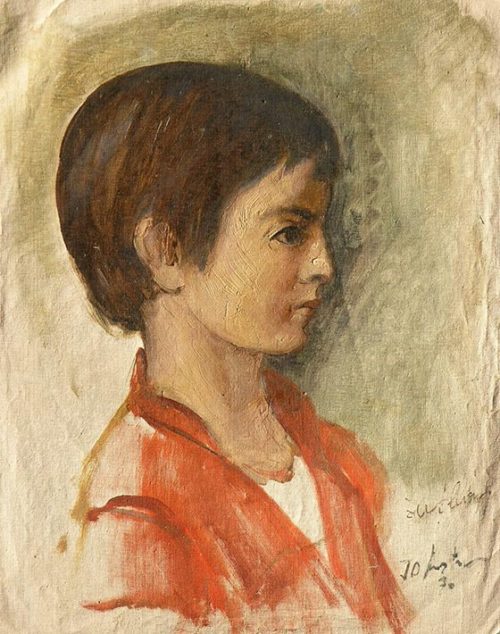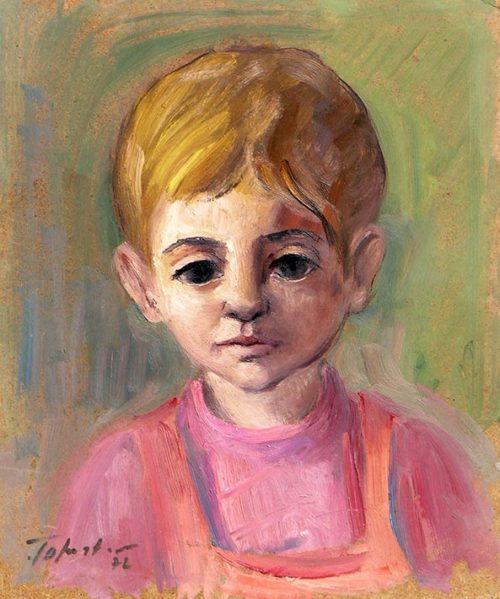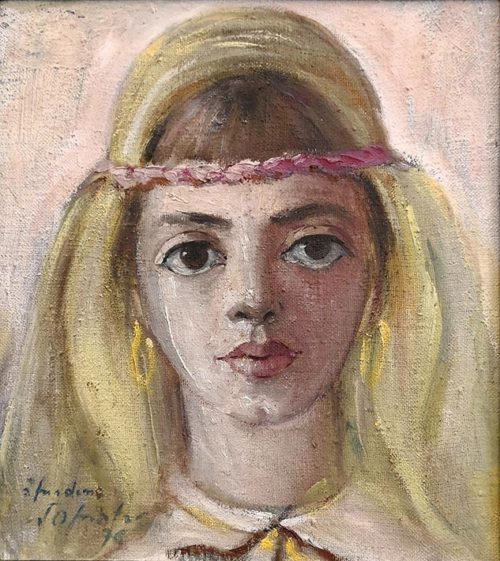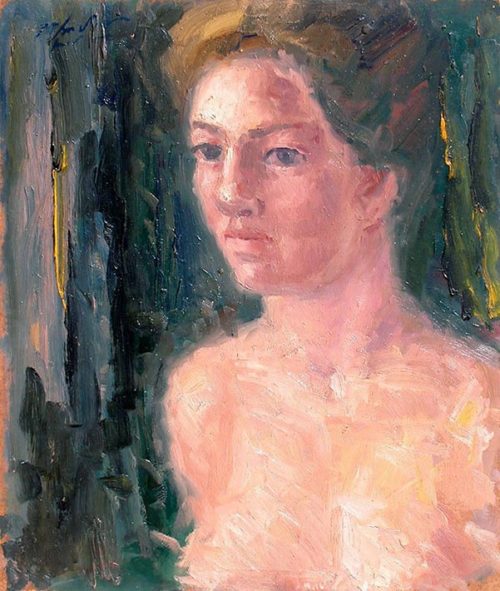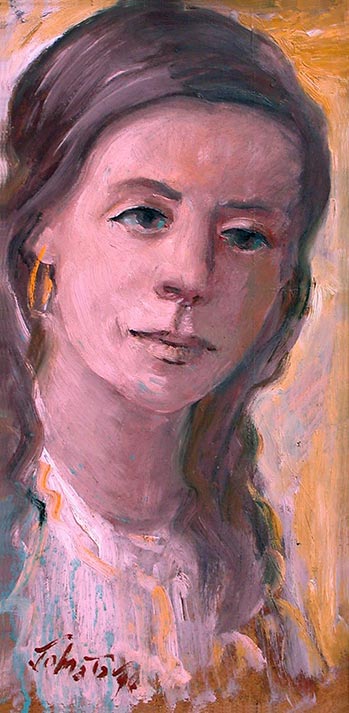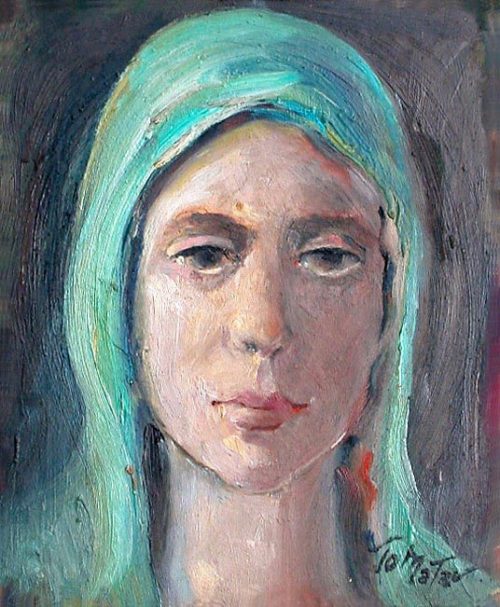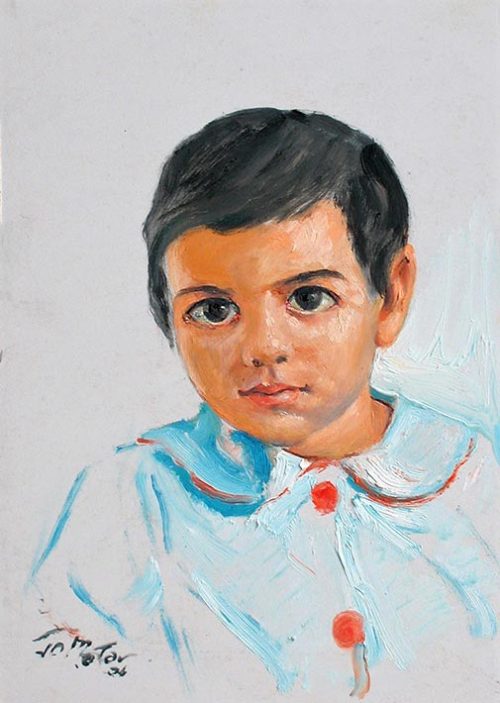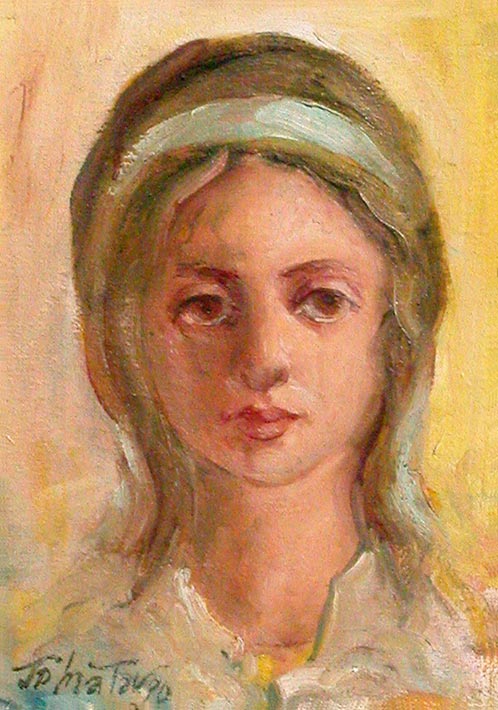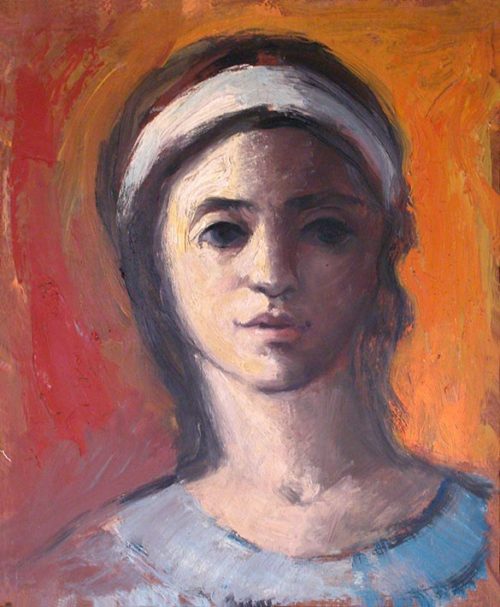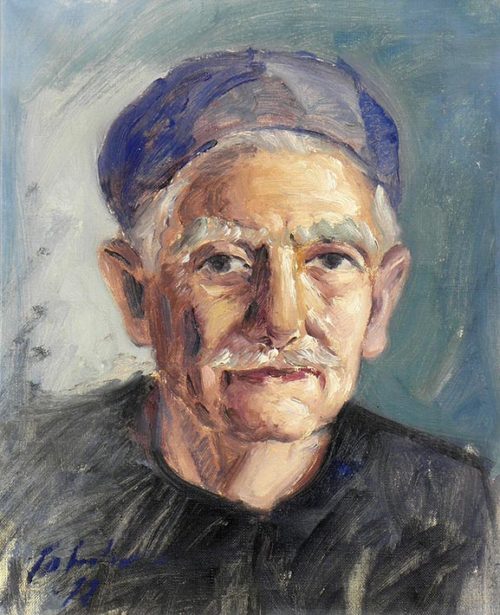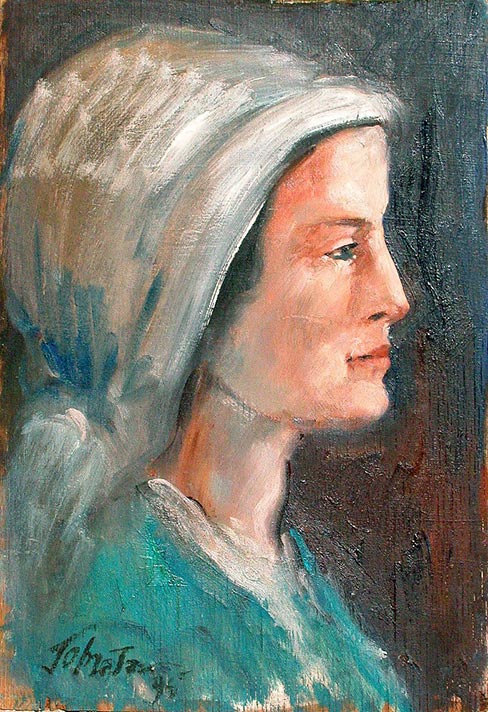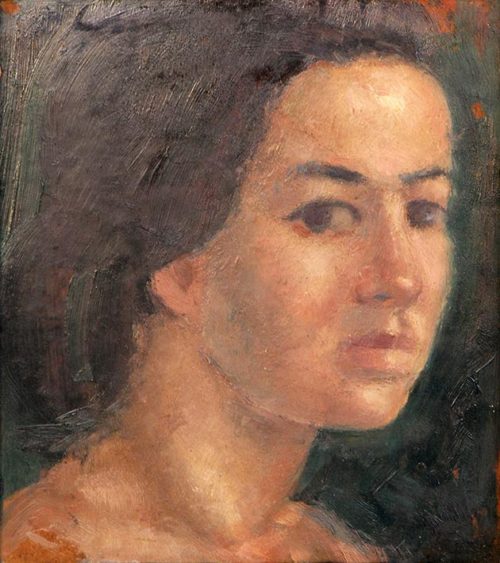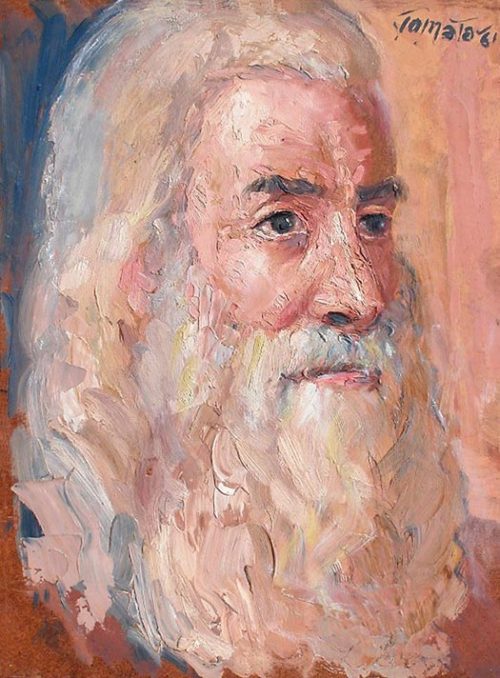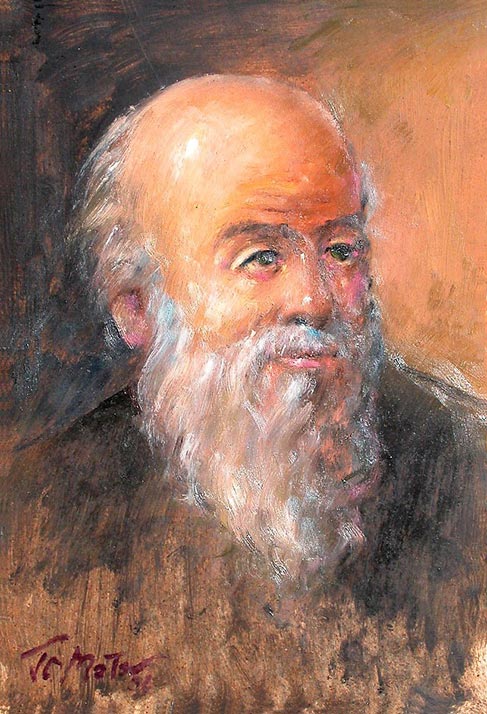Portrait
Now, what can we say about portrait painting? What does one think about it? A skillful knack, a copy, a resemblance, color, and so on? All this is what least makes a portrait. A portrait is a solid and simplified construction representing an expression, a state of soul, a condition, a feeling, more than a mere combination of two eyes, two ears, a nose, and a mouth. A portrait is a living assembly of play, of forms, of proportions, of colors, without falling into mere caricature, or being a dead photograph with life or human meaning. Portraits in paint have been known since Egyptian and Roman civilization, as exemplified by the still new-looking frescoes of Pompeii. Even now, the portrait is still in full evolution, despite the existence of photographs and prints. The lifeless imitation of forms is far removed from true portraiture. In point of fact, it is the model who should look like the work of the painter. A portrait is above all an act of love, for the artist ought to “dissect”, analyze, and see into every detail of grimace, gesture, or sign to make of them a living synthesis.
There are idealized portraits, portraits of expression and feeling, portraits of children, both boys and girls, of motherhood, portraits reduced to a minimum but bursting with expression and magic. The background is part of the work, often carrying on the play of meaning. There are portraits sixty years old that have gone around the world.
Joseph Matar



